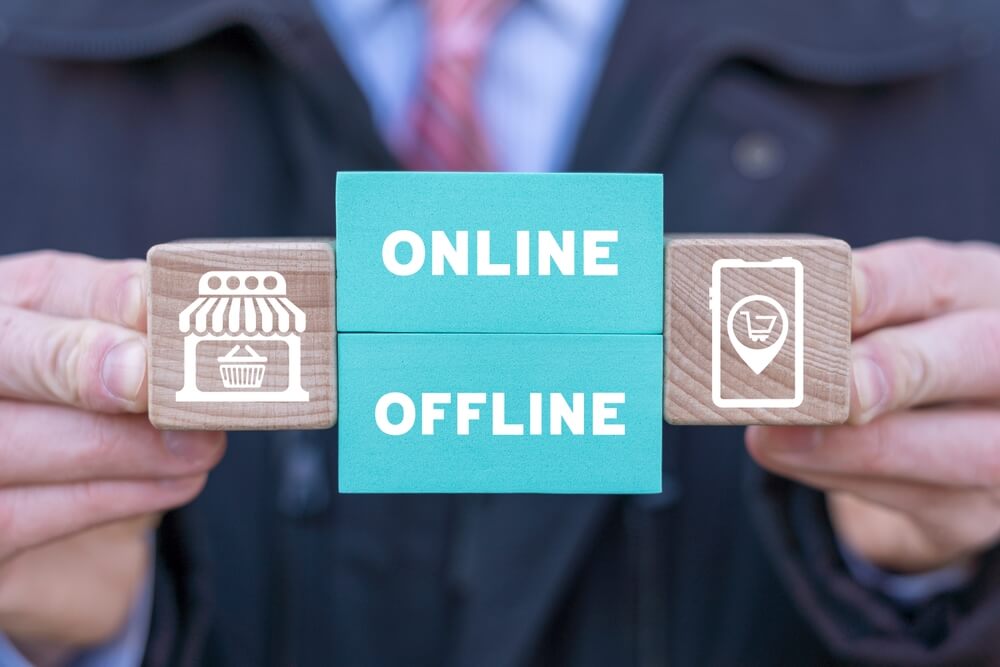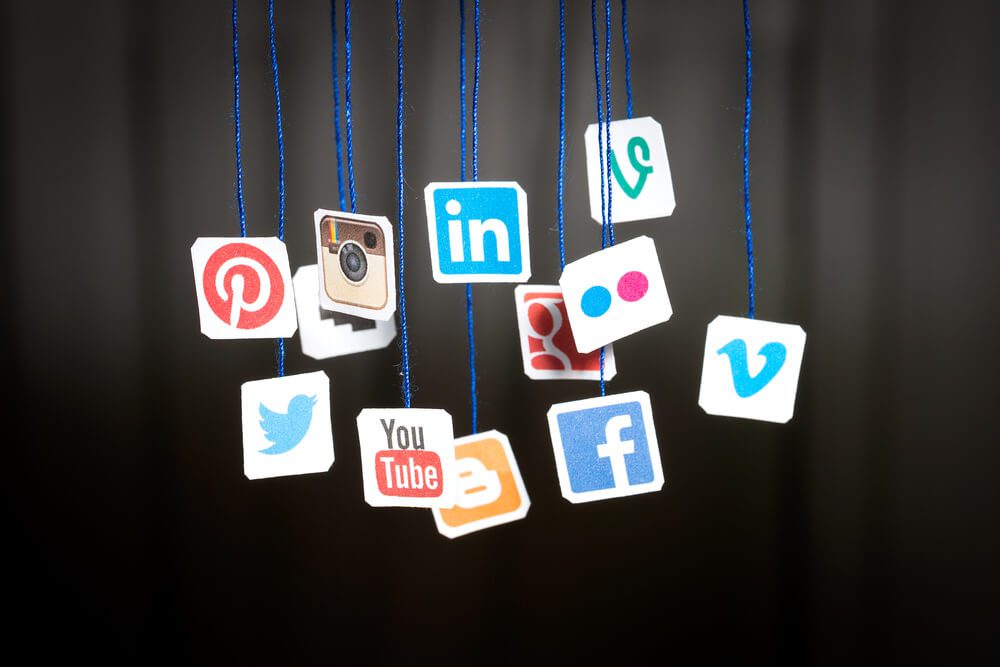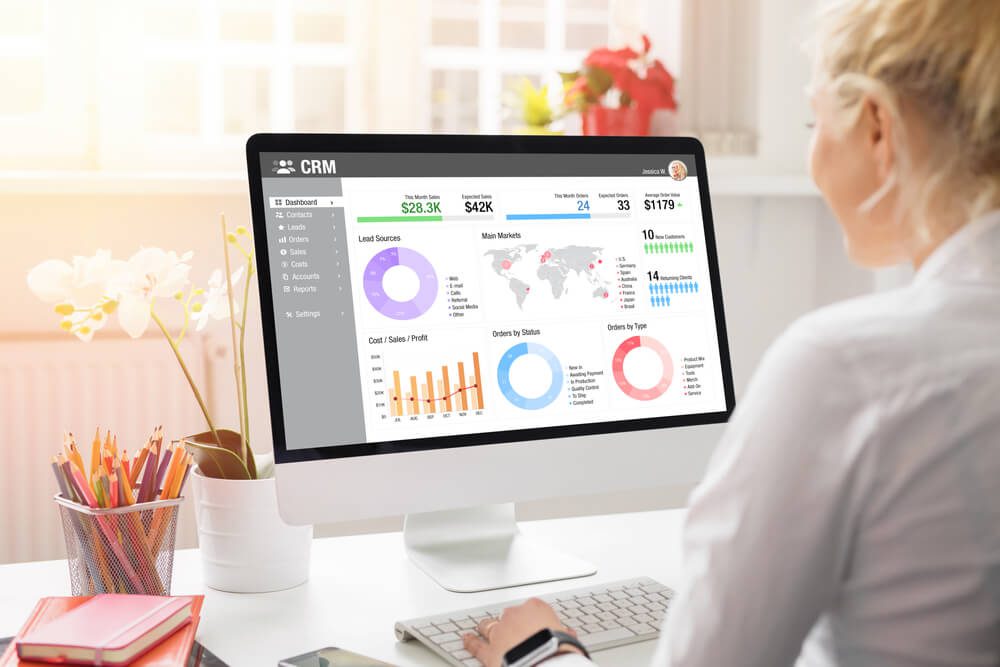
Bridging the Gap: Integrative Strategies for Connecting Online and Offline Marketing
Your clients now live in an omnichannel world. Is your business integrating both online and offline marketing strategies? If you do, are the transitions between these touchpoints seamless enough to improve customer satisfaction?
Work with a fractional CMO (FCMO) for professional services if you answer ‘no’ to either question. FCMOs are on-demand marketing experts. They have the resources, knowledge, and leadership to develop holistic strategies around your advertising channels.
This article explains how FCMOs can guide you to improved marketing and sales. It also covers:
- Evolving dynamics between online and offline marketing
- Strategies to integrate efforts across channels
- Technologies to enable coordinated campaigns
- Tips for optimization, from consistency to personalization
Do not miss out on the benefits of an omnichannel marketing plan. Read below to learn how to combine various strategies to grow your business.
Let’s go!
Want to know how to get a Chief Marketing Officer for your Professional Services Organization without the cost of a full-time employee? Watch this video to find out!
Understanding the Dynamics of Online and Offline Marketing
Marketing has undergone a tremendous transformation over the past centuries. In the earliest days of doing business, merchants advertised with print ads. By the 1830s, Jared Bell had “invented” billboards, which he used to promote shows and events.
Later, merchants brought their services to TV or through the airwaves. As consumer behavior shifted, marketers also became savvier. For instance, when women spent more time at home, they sent direct-mail catalogs.
The advent of the internet and digital technologies also enabled a seismic shift. Marketers could now reach audiences on websites and social media. They converted direct mail to email marketing.
This does not mean that traditional or offline marketing is dead. Instead, it highlights how more businesses combine it with 21st century advertising, a concept called omnichannel.
The integration has been easy for some because these marketing channels share many similarities. In particular, the core foundations apply universally:
- Understanding target audiences and personas
- Crafting compelling and consistent messaging
- Designing engaging campaigns
- Measuring impact through analytics
Omnichannel advertising differs among industries.
- Retailers such as Target offer curbside returns and purchases.
- Financial institutions such as American Express enable cardholders to initiate transactions online and continue on mobile.
- Healthcare providers such as Cleveland Clinic have patient portals. They also offer telehealth services and on-site care options that connect various touchpoints.
Regardless of how it is designed, omnichannel is now the new way of marketing. It aligns with the present consumer mindset and behavior. It creates a more comprehensive picture of the business’s performance and target audience. In the process, it maximizes impact and returns.
Strategies to Integrate Online and Offline Marketing

Professional service organizations can now use many strategies to merge online and offline marketing channels. These include the following:
1. QR Codes
Quick response (QR) codes are scannable barcodes you can print virtually anywhere. They instantly direct users to digital content when scanned by a smartphone camera.
For example, a QR code on a law firm’s printed mailer drives traffic to a specific landing page about their services. Those on trade show banners help collect leads by directing attendees to a registration or contact form.
2. Social Media
Social media marketing extends the impact of offline events, such as conferences. Creating unique hashtags encourages attendees to post insights in real time. This enables networking and sharing key takeaways, engaging both physical and online audiences.
Meanwhile, going live on social media to stream parts of the event is becoming increasingly popular. This fosters deeper connections with remote audiences. Promoting the event schedule on social channels helps generate visibility and anticipation.
3. Webinars to Promote Offline Events
Webinars are also another great way to promote upcoming offline events and reach qualified audiences. You can do the following:
- Host a pre-event webinar giving a preview of the key topics of the main conference.
- Share webinar recordings after the event for those who missed it.
- Offer special discounts to encourage people to sign up and attend the live event.
The Power of Email Marketing

Of the many strategies, one of the most cost-effective is an email marketing campaign. For one, you tap into your direct-mail audiences by capturing email addresses when people respond to mailers or attend offline events. Then, you continually nurture them online.
Second, such campaigns often use the other strategies in this list, from QR codes to social media, livestreaming, and webinars.
Suppose you are a doctor. Before your patient leaves the clinic, you kindly ask them to fill out a form if they wish to receive an email newsletter. They choose which topics they prefer and the frequency of the emails. This strategy is excellent in segmenting audiences and aligning messages to their needs.
Then, a fractional CMO specializing in healthcare email marketing recommends that you host a seminar to increase brand awareness. They help you design a sequence that follows:
- Promote the seminar through social media posts and emails to your subscriber list. Include a QR code on the graphics that links to the registration page.
- Encourage attendees to post photos on social media with your branded hashtag during the event. Go live on social media to give a preview of key sessions.
- Record webinars of the presentations to share with email subscribers who cannot attend live.
- Send a personalized email recap of key takeaways after the event to nurture the relationship.
Omnichannel Tools and Technologies

Technology has much to do with the growth and success of the omnichannel experience. Here are a few examples:
1. CRM Platforms
Robust customer relationship management (CRM) platforms consolidate data from website forms to calls and emails. This 360-degree view helps deliver personalized marketing messages and journeys. For example, a CRM tracks the stages of a law firm prospect's journey, from signing up for a free webinar to booking an in-office consultation.
The data informs targeted follow-up communications to move prospects along the conversion funnel. Those who engage via webinars get more educational content. Consultation attendees receive proposals for paid services.
2. Analytics and Reporting
Fractional CMOs and their clients get holistic cross-channel data in one dashboard. It enables both parties to accurately quantify the return of integrated campaigns. For example, an HR consulting team looks into Google Analytics to compare website traffic to seminar attendance rates.
3. Augmented Reality (AR)
AR overlays digital information onto real-world environments via smartphone cameras. Professional service businesses leverage it to provide a more immersive user experience. In turn, it boosts engagement and fosters personalized connections.
Engineering firms use AR-powered interactive floor maps and 3D model previews at conferences. Interior design firms maximize technology when doing in-home consultations.
4. Marketing Automation
A HubSpot agency partner uses the platform to streamline many tasks and processes, from content marketing to sales. Other similar tools can
- Automate personalized email and social media content based on multi-channel behaviors
- Score and segment leads based on offline and online interactions
- Route high-value leads automatically to sales teams based on engagement thresholds
5. Conversational Chatbots
Intelligent chatbots enable 24/7 instant assistance to clients across digital channels, such as websites, and offline touchpoints, such as phone and in-person. Support includes guidance on services, answers to common questions, appointment booking, and more. Overall, it elevates the user experience and even shortens the sales cycle.
Tips for Effective Integration

A fractional CMO specializing in omnichannel marketing strategically combines methods, channels, and technologies to aid your business in:
- Ensuring consistency across channels. They make the experience, messaging, and visual cues the same across touchpoints. For example, they match direct-mail designs with your website’s visual style. FCMOs use the same profile photos and names on social media. They build a cohesive brand identity with color schemes, language, tone, and even sounds.
- Leveraging data for personalization. They make your content more effective at converting leads into customers. They match it based on user intent, interest, behavior, and needs. FCMOs use integrated CRM and analytics to gather comprehensive data.
- Measuring your success. They decipher your marketing performance. Which needs improvement? What channels deliver the highest conversions? Which are effective but costly? Then, your FCMO correlates the information with other reports, such as sales or booked appointments.
- Mapping the customer journey. Your FCMO identifies gaps between online and offline touchpoints to improve transitions. For instance, they ensure you add QR codes to link print materials to online destinations. They insert live chat on the website to connect visitors to your sales team.
- Fostering internal collaboration. How should you align marketing, sales, and service teams across the customer lifecycle? A fractional CMO often promotes shared assets and tools such as calendars and libraries. They also sit down with relevant stakeholders when doing strategy check-ins or reviews.
Summing Up
Today’s marketing landscape demands integrated strategies that connect online and offline channels. The tools are already available. It is a matter of determining which combination helps you meet your objectives and delivers good results.
Fractional chief marketing officers play a key role in developing impactful omnichannel combinations. They have an outside perspective, tactical expertise, and a data-driven approach.
Do you need a fractional CMO for professional services? Digital Authority Partners (DAP) is home to C-suite leaders who provide seasoned guidance and resources to execute integrated marketing successfully. Contact us to schedule a free consultation.
Want To Meet Our Expert Team?
Book a meeting directly here




